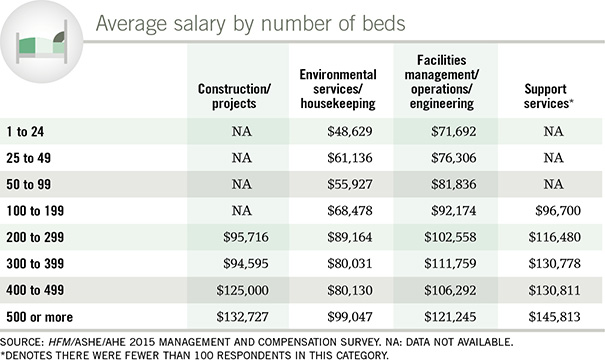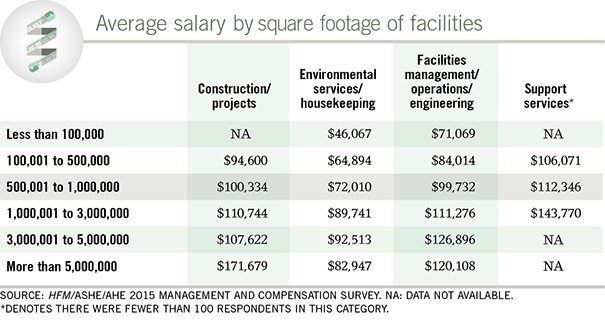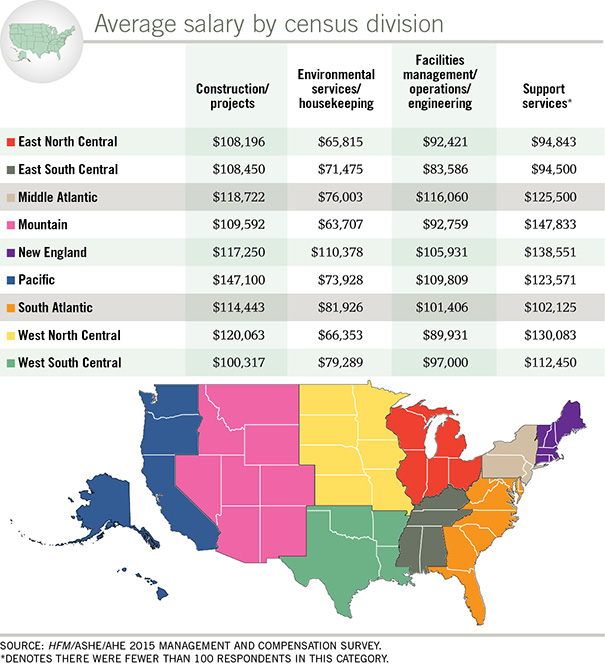Taking on more
Whether or not they are being compensated for it, managers across the board are being asked to take on more responsibility. Forty-seven percent of respondents reported having added responsibilities as a result of a merger or acquisition while just 12 percent received a salary increase. One survey respondent summed it up this way: “Increased responsibility, no salary increase, title change.”
Ten percent said they have less decision-making authority and that more decisions are handed down from the corporate level — a change driven by centralization that has resulted in what Woodin calls “title deflation” for facilities managers. “You used to have a facility manager, now you have a facility supervisor,” he says.
“This is good for centralization, but it takes away some of the job enjoyment that comes from making decisions locally,” adds LaMar Davis, CHSP, CHFM, CHC, deputy administrator of facilities planning, design and construction, Access Community Health Network, Chicago.
Survey respondents also reported a 27 percent increase in the number of departments reporting to them, which Woodin attributes to mergers, belt-tightening and an overall confidence in facilities staff. “It’s like the old saying, ‘the reward for good work is more work.’ ”
Gosselin says facilities managers make strong multidepartment administrators. “The best leaders hospitals have are in the facilities area, so we reward that behavior by giving them support departments.”
For example, Harold Brungard, vice president of facilities and plant operations at Mount Nittany Medical Center, State College, Pa., was assigned culinary and nutrition services and the department of emergency medical services during a reorganization of the facility’s management team two years ago. Brungard saw the change as a logical part of the hospital’s expansion. “It makes sense to promote the team approach within the environment of care,” says Brungard.
Another survey respondent reported “taking over property management including environmental services for 44 medical office buildings in addition to maintenance of the same buildings.”
Because most facilities managers have an engineering background, overseeing departments out of their areas of expertise can be a challenge, Davis says. “But institutions say that we have the skill sets to pick up these areas,” he adds. “So the bump in salary may be based in part on adding other departments and even adding additional hospitals to a facility manager’s job duties.”
To aid its members in taking on new responsibilities, ASHE is extending its educational offerings to encompass support services areas, Davis says.
On the environmental services side, managers are picking up more — and a wider variety of — departments, ranging from patient transport and valet services to the mail room and furniture moving. One survey respondent who was hired as a certified dietary manager was later assigned environmental services and linen services.
The added responsibility shows that administrators have trust in their environmental services leaders, according to Doug Rothermel, CHESP, director of environmental services at St. Joseph’s Hospital, Tampa, Fla. “We’re a 12-hospital system, so it makes sense to consolidate and streamline whenever possible, and rely on the talent of managers and directors who can take on that added responsibility,” he says.






